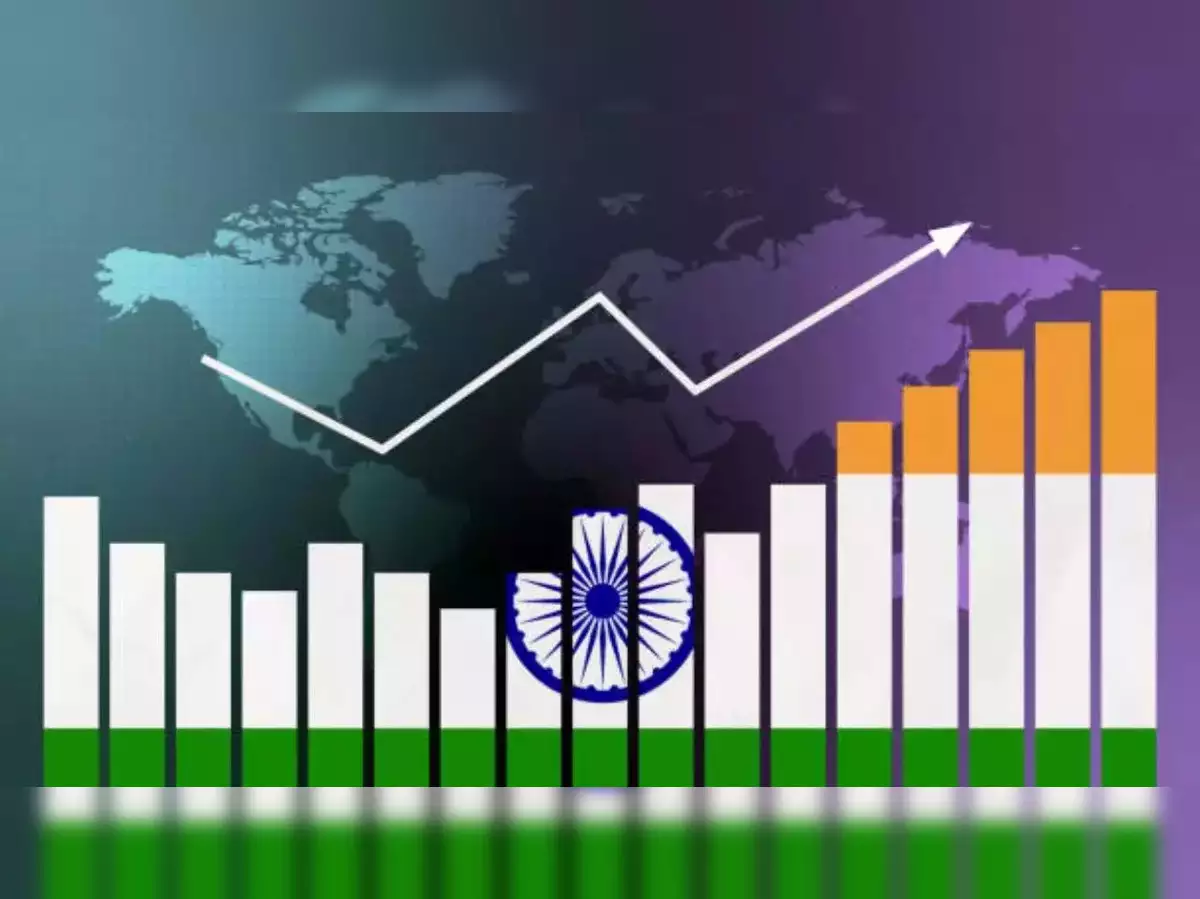India’s Economic Growth: A Global Leader

India is poised to solidify its position as a dominant force in the global economy. According to the World Bank’s January 2025 Global Economic Prospects (GEP) report, India is expected to maintain its status as the fastest-growing large economy for the next two fiscal years. The report forecasts a steady growth rate of 6.7% for both FY26 and FY27. This growth significantly outpaces that of global and regional peers, especially as the global economy is projected to grow at just 2.7% during the same period. India’s remarkable performance highlights its resilience and increasing importance in shaping the global economic landscape.
The GEP attributes India’s robust growth to a thriving services sector and a revitalized manufacturing base. Transformative government initiatives, such as infrastructure modernization and tax simplification, are fueling domestic growth. As China’s growth rate is expected to slow to 4% next year, India’s rise is not merely a statistic; it represents a compelling narrative of ambition, innovation, and potential. Additionally, the International Monetary Fund (IMF) supports this optimistic outlook, projecting India’s growth at 6.5% for both 2025 and 2026. This consistent growth reflects India’s stable economic fundamentals and its ability to navigate global uncertainties effectively.
Overview of World Bank’s GEP Report
The Global Economic Prospects (GEP) report is a flagship publication from the World Bank Group. It examines trends and projections in the global economy, with a particular focus on emerging markets and developing economies. Published biannually in January and June, the report serves as a crucial resource for policymakers, economists, and researchers. The January edition provides in-depth analyses of pressing policy issues, while the June edition features shorter, focused analytical pieces.
The latest GEP report is significant as it offers a comprehensive review of the performance of developing economies since the start of the 21st century. It assesses the progress made by these economies since 2000 and evaluates their future prospects over the next 25 years. This edition includes two analytical chapters: one that examines the opportunities and challenges faced by middle-income emerging and developing economies, and another that focuses on the progress and hurdles of the world’s poorest nations. This thorough analysis is vital for understanding the shifts in global economic dynamics and the role of emerging markets in driving growth.
Key Findings in the January 2025 Report
The January 2025 GEP report presents several key findings that underscore India’s economic resilience. One notable observation is the anticipated increase in private consumption in India. This growth is expected to be driven by a stronger labor market, improved access to credit, and lower inflation rates. These factors will likely enhance consumer confidence and spending, further stimulating economic activity.
Investment growth in India is also projected to remain steady. Rising private investments, improved corporate balance sheets, and favorable financing conditions will support this trend. As India continues to attract investments, it will strengthen its economic foundation and create more job opportunities.
Moreover, the report highlights that emerging markets and developing economies (EMDEs) have undergone significant transformations since 2000. These economies now contribute approximately 45% of global GDP, a substantial increase from 25% at the beginning of the century. This shift emphasizes the growing importance of EMDEs in the global economic landscape and their potential to drive future growth.
Government Schemes and Initiatives Driving Growth
The Government of India has launched several visionary schemes and initiatives aimed at fostering sustained economic growth and global leadership. Programs like the PM GatiShakti National Master Plan focus on infrastructure development, while initiatives such as Startup India and the Production Linked Incentive Scheme promote innovation and manufacturing.
These reforms are transforming various sectors, including the digital economy and financial inclusion. By investing in infrastructure and technology, India is building a resilient, self-reliant, and globally competitive economy. The government’s commitment to these initiatives reflects its vision for inclusive growth and innovation-driven development.
The combination of these efforts is expected to propel India toward achieving its economic goals. As the nation continues to implement forward-thinking policies, it is redefining its global standing and preparing to shape the future of the global economy.
Observer Voice is the one stop site for National, International news, Sports, Editor’s Choice, Art/culture contents, Quotes and much more. We also cover historical contents. Historical contents includes World History, Indian History, and what happened today. The website also covers Entertainment across the India and World.

